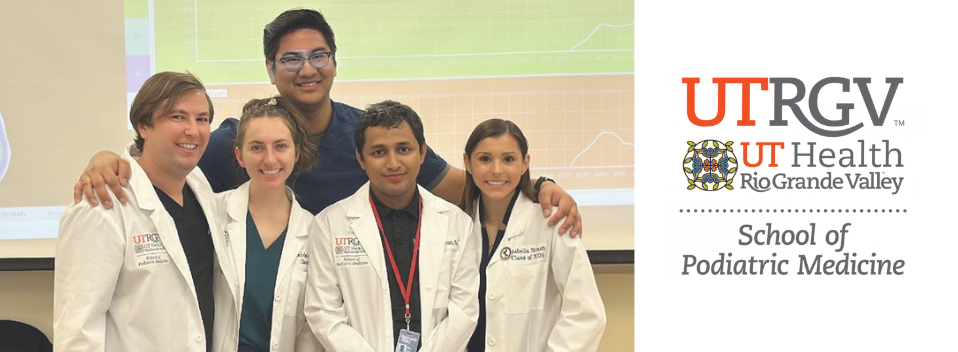
School of Podiatric Medicine Publications and Presentations
Document Type
Article
Publication Date
12-2023
Abstract
Purpose: To analyze the process of early oral osseointegration of titanium (Ti) implants in diabetic 129/Sv mice through microCT and histologic and immunohistochemical analysis.
Materials and methods: A group of 30 male 129/Sv mice was equally subdivided into two groups: (1) nondiabetic (ND), in which mice did not undergo systemic alterations and received a standard diet, and (2) diabetic (D), in which mice were provided a high-fat diet from the age of 6 weeks until the conclusion of the study and received two intraperitoneal (IP) injections of streptozotocin (STZ) at a concentration of 100 mg/Kg each. Each mouse underwent extraction of a maxillary first molar, and customized Ti screws (0.50 mm diameter, 1.5 mm length) were placed in the residual alveolar sockets of the palatal roots. At 7 and 21 days after implant placement, the animals were euthanized for maxilla and pancreas collection. Maxillae containing Ti implants were analyzed with microCT, histology, and immunohistochemistry for cells that were positive for F4/80, CD146, runt-related transcription factor 2 (Runx2), and proliferating cell nuclear antigen (PCNA). Pancreata were histologically analyzed. Quantitative data were statistically analyzed with a significance level at 5% (P < .05).
Results: ND mice presented successful healing and osseointegration, with a significantly higher fraction of bone volume compared to D mice, both at the alveolar sockets (53.39 ± 5.93 and 46.08 ± 3.18, respectively) and at the implant sites (68.88 ± 7.07 and 44.40 ± 6.98, respectively) 21 days after implant placement. Histologic evaluation revealed that the ND mice showed a significant decrease in inflammatory infiltrate and a significant increase in newly formed bone matrix at 21 days, whereas peri-implant sites in the D mice were predominantly encapsulated by fibrous tissue and chronic inflammatory infiltrate. Immunohistochemical characterization revealed higher Runx2 osteoblast differentiation and higher cell proliferation activity in the ND mice at 7 days, while higher amounts of macrophages were present in D mice at 7 and 21 days. Interestingly, no differences were found in CD146-positive cells when comparing ND and D mice.
Conclusions: This study evaluated the effects of immediate dental implant placement in 129/Sv diabetic mice by using specific healing markers to identify changes in cellular events involved in early oral osseointegration. This approach may serve as tool to evaluate new materials and surface coatings to improve osseointegration in diabetic patients.
Recommended Citation
Biguetti, C. C., Arteaga, A., Chandrashekar, B. L., Rios, E., Margolis, R., & Rodrigues, D. C. (2023). A Model of Immediate Implant Placement to Evaluate Early Osseointegration in 129/Sv Diabetic Mice. The International journal of oral & maxillofacial implants, 38(6), 1200–1210. https://doi.org/10.11607/jomi.10335
Publication Title
The International journal of oral & maxillofacial implants
Academic Level
faculty
DOI
10.11607/jomi.10335


Comments
Original published version available at https://doi.org/10.11607/jomi.10335